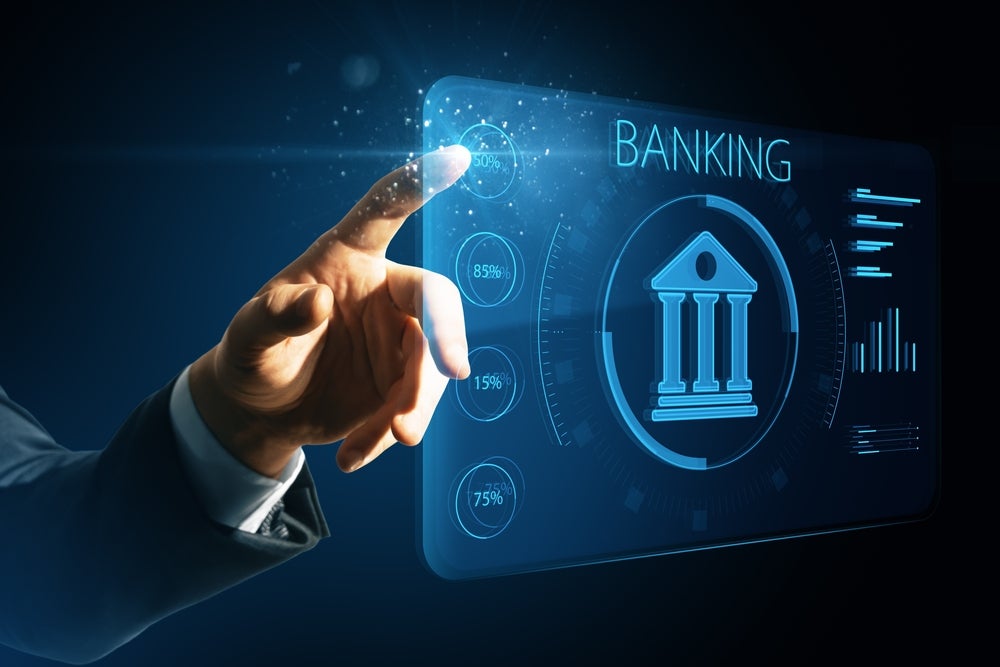Over the last decade we’ve seen banking move away from the high street and into people’s homes. Advances in technology has meant that digital banking is now a reality for the majority of consumers. Michael Lakhal, Director Product Management Agreement Automation at OneSpan, writes
A recent report into the state of finance in the UK found that 84% of British consumers prefer to bank through an app or through a website, with only 7% opting for in branch services. As a result, banks have been under pressure to continue matching customer expectations for digital services, without compromising on user experience, security, or regulatory compliance. Now, more than ever, with millions sheltering at home, being able to offer digital banking services has become crucial.
Electronic signature technology has been an essential driver of this digital revolution. Combined with other digital identity verification technologies, such as facial biometrics, and ID verification, e-signatures can be used to verify someone is who they say they are without requiring them to present ID in person.
E-signatures can also ensure banks remain compliant with the General Data Protection (GDPR) requirement of capturing, recording and managing user consent by capturing a comprehensive visual audit trail detailing what the customer has agreed to, when, and how they signed.
As such, e-signature technology opens up a whole host of remote banking possibilities that enhance customer experience without compromising on security or regulation.
Here, we’ll look at the top ways banks and FIs can enhance or add capabilities with e-signature technology:
How well do you really know your competitors?
Access the most comprehensive Company Profiles on the market, powered by GlobalData. Save hours of research. Gain competitive edge.

Thank you!
Your download email will arrive shortly
Not ready to buy yet? Download a free sample
We are confident about the unique quality of our Company Profiles. However, we want you to make the most beneficial decision for your business, so we offer a free sample that you can download by submitting the below form
By GlobalDataEnhanced identity verification
Currently, even with an interaction that begins remotely, the most common methods of verifying a customer’s identity involve visiting a branch and presenting a physical ID document, or using legacy knowledge-based authentication (KBA) methods that cross-reference fixed identity information the customer provides against a third-party database.
Both methods have significant flaws that compromise security and negatively impact the overall customer experience. Data breaches have exposed vast amounts of the personally identifiable information that KBA relies on, so it’s no longer a secure method of verifying an identity. At the same time, it’s getting more difficult for legacy banks to ask customers to come in-branch to verify their identity, as expectations for digital banking services increase. The coronavirus pandemic has only exacerbated this trend.
Incorporating e-signatures into an existing identity verification process allows banks and FIs to confirm a customer is who they say they are without requiring them to step into branch. As a result, banks can offer more secure, user-friendly experiences to customers banking remotely.
Remote account opening
In a recent study exploring the state of remote account opening, more than two-thirds of respondents from banking institutions stated that improving the remote account opening process will be an active initiative at their institution. In the same study, 34% said they expected electronic signatures to be a significant investment priority to enable secure remote account opening.
When combined with other identify verification solutions, e-signatures ensure that users can open a bank account allowing banks to increase conversion rates, and achieve regulatory compliance, all while becoming more operationally efficient.
With more than half of UK consumers already using a digital-only bank account, being able to offer remote account opening will be an essential service for any bank who wants to remain competitive.
Remote contract signing
The possibilities e-signatures can bring don’t just stop at remote account opening. By integrating e-signatures throughout their product offering, banks and FIs will be able to offer the same standard of remote experience and security throughout the customer journey.
For example, at present, taking out a mortgage or loan may start as a remote conversation, but often involves paper agreements or manual identity verification checks further down the line. This results in a semi-automated or siloed process that has a negative impact on the overall customer experience. Like account opening, e-signatures can help digitise these processes by verifying identities and enabling contract signing to be carried out remotely without compromising on security or compliance.
Mobile banking
Finally, e-signatures aren’t restricted to online channels, as they can also be integrated into mobile applications.
For example, the Business Development Bank of Canada deployed an app with e-signatures to digitise loan applications. By doing so, they significantly reduced or removed the need for in-person visits by 75-100%, reducing the amount of time it took to close secured and unsecured loans. It’s also meant they can offer their customers a more innovative service and increase satisfaction.
E-signatures don’t only bring speed and simplicity to many digital banking offerings such as taking out a mortgage or opening a bank account, but they also bring transparency, a greater level of security and an enhanced customer experience. In combination with other technologies, they allow banks to add new capabilities, or fully digitise existing processes, all of which will help them remain competitive and attract new customers in an increasingly digital age.






